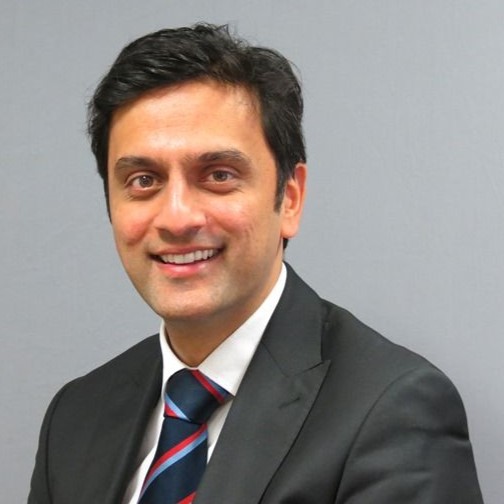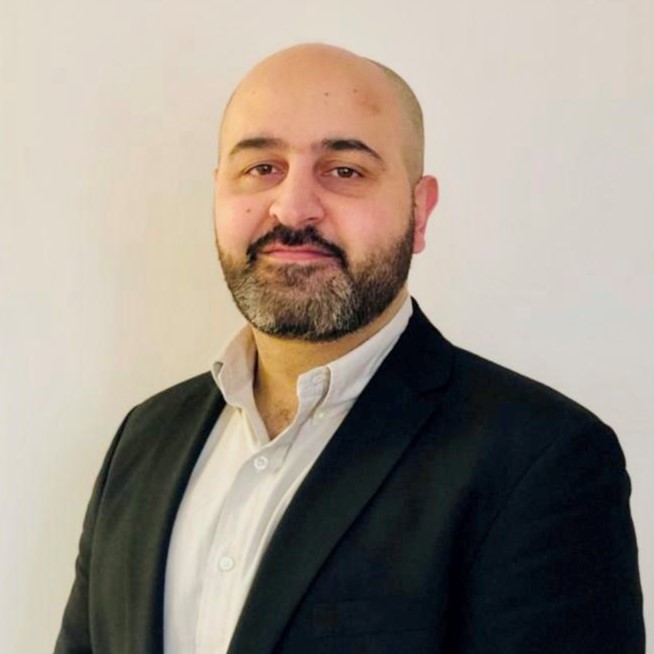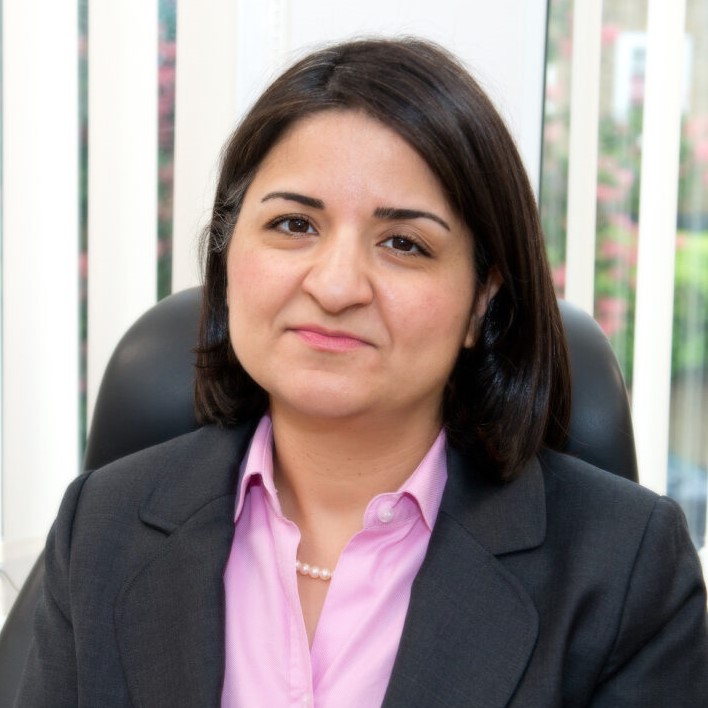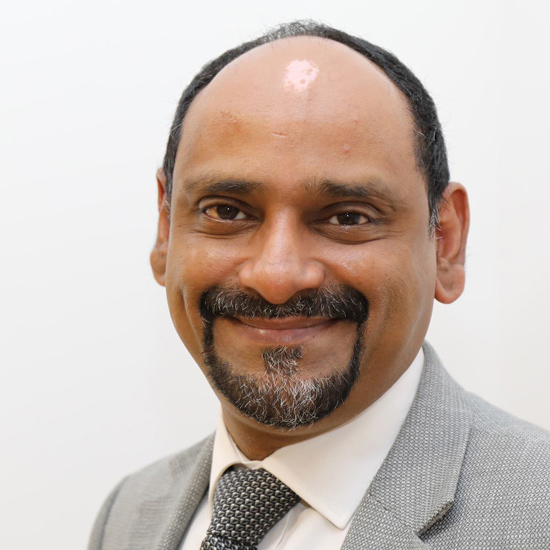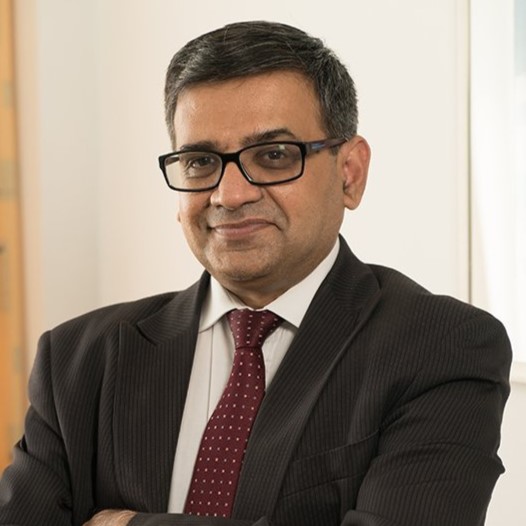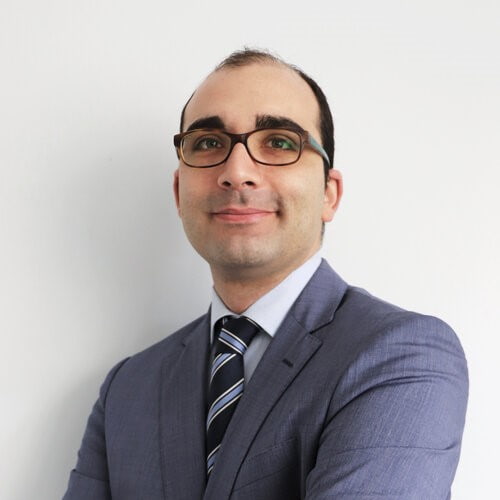Endoscopic submucosal dissection (ESD)
Endoscopic submucosal dissection (ESD) is a minimally invasive procedure used to remove abnormal growths (polyps) within the gastrointestinal tract.
Reviewed by Mr Amyn Haji, Consultant Colorectal Surgeon
What is endoscopic submucosal dissection?
Endoscopic submucosal dissection (ESD) is a minimally invasive procedure used to remove polyps. Polyps are tissue growths that often occur within the lining of the gastrointestinal tract, which may or may not be cancerous.
ESD specifically treats polyps located within the submucosa, which is the layer between the lining of internal organs and the muscle wall.
You may be recommended an ESD if your polyps are scarred, likely to develop cancer, or already contain cancerous cells.
During an ESD, the polyp(s) can usually be removed in a single piece, therefore removing all the cancerous cells in one procedure.
How is ESD carried out?
You will be placed either under general anaesthesia, meaning you’ll be asleep for the procedure. There are also some ESD procedures that can be done under sedation; your consultant will discuss this with you.
Your consultant will use a long, thin instrument called an endoscope to carry out the polyp removal. A solution will be injected beneath the polyp, which separates it from the muscle wall and makes it easier to remove. Once the polyp is removed, it will be sent to a lab for further analysis.
ESD takes between one to four hours to complete. Some patients can go home the same day, but others may require a short overnight stay in hospital.
Recovery after ESD
You may experience mild side effects immediately after the procedure, such as:
- upset stomach and/or vomiting
- bloating, cramping, or passing wind
- a sore throat, if the endoscope was passed through your mouth
Your medical team can help you manage these symptoms.
Patients who are experiencing severe pain, vomiting, or blood in their stool for up to two weeks following their procedure should seek urgent medical attention.
Contact us today
Our team will be happy to answer any questions and book your appointment.
Self-pay: +44 (0)20 7244 4886
Insured: +44 (0)20 7460 5700
Private colorectal surgeons in London
Showing 1-6 of 12
Paying for your treatment
We welcome both self-paying and insured patients.
Self-pay patients
We offer several ways for patients to self-pay, including pay-as-you-go and self-pay packages.
Insured patients
At Cromwell Hospital, we accept private health insurance from most major providers, including AXA, Aviva, Bupa, and Vitality.
Our locations
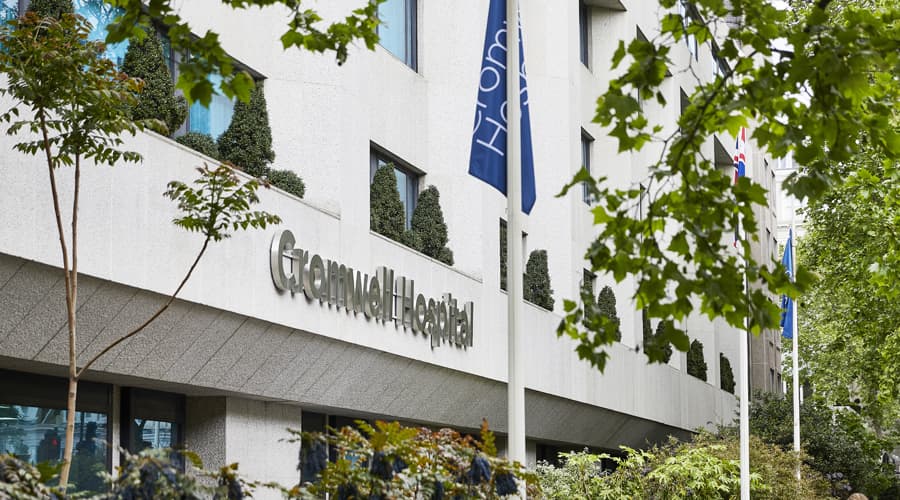
Book an appointment today
Call us now for appointment bookings, general queries, and personalised quotes.
Alternatively, you can contact us using our online form.


